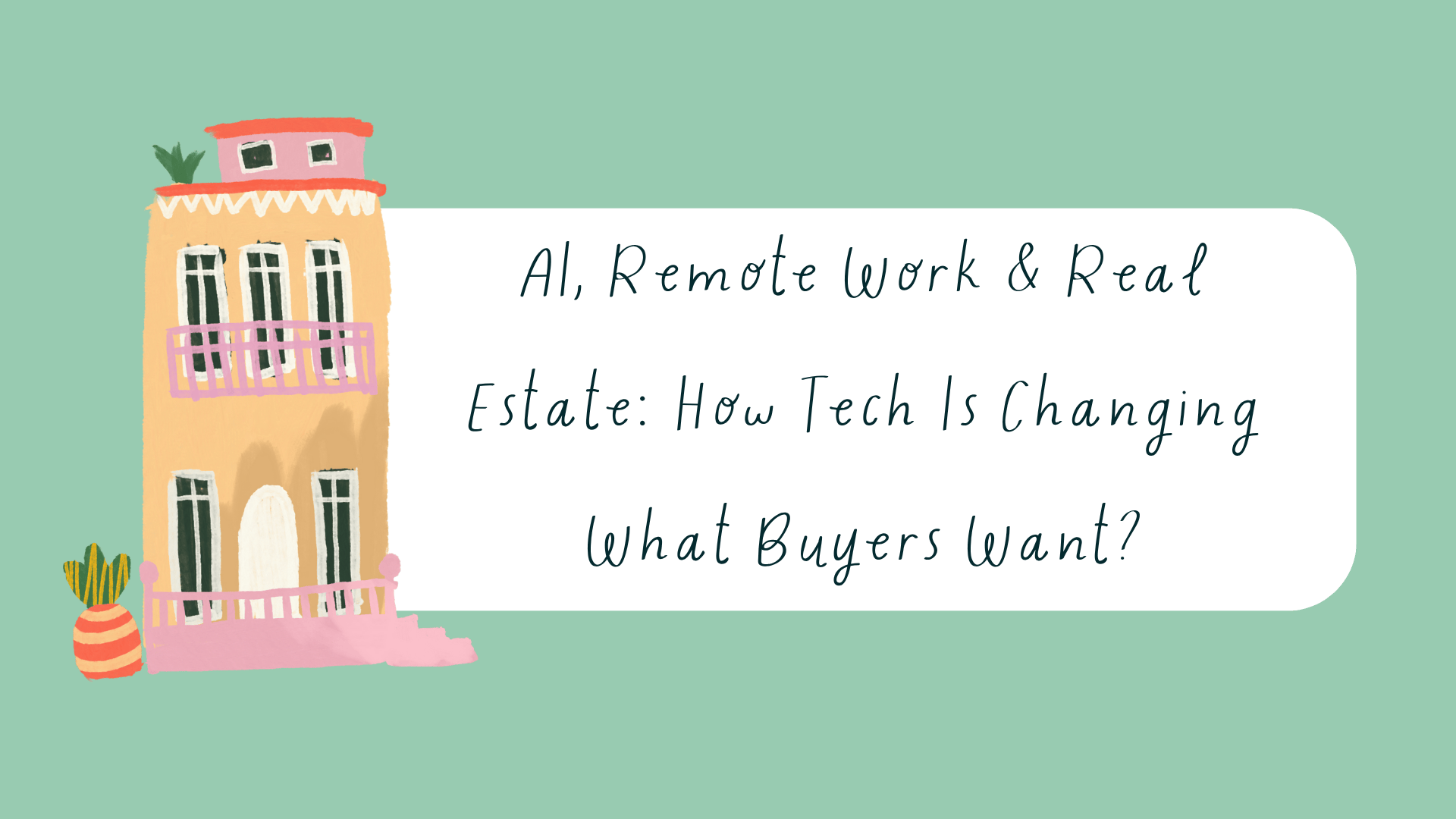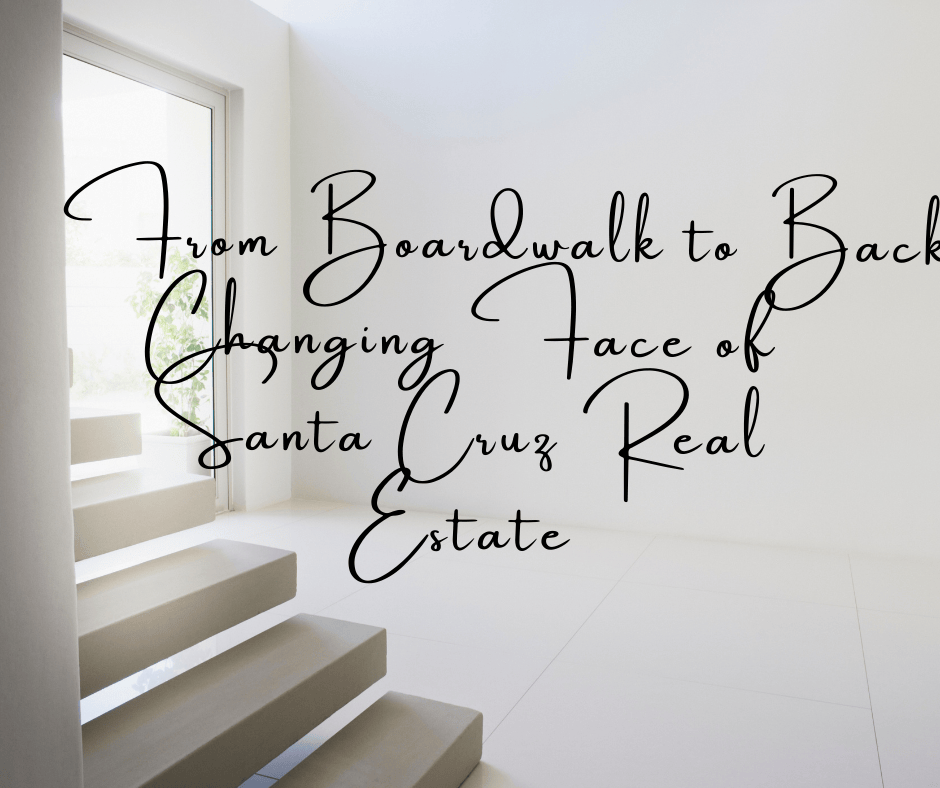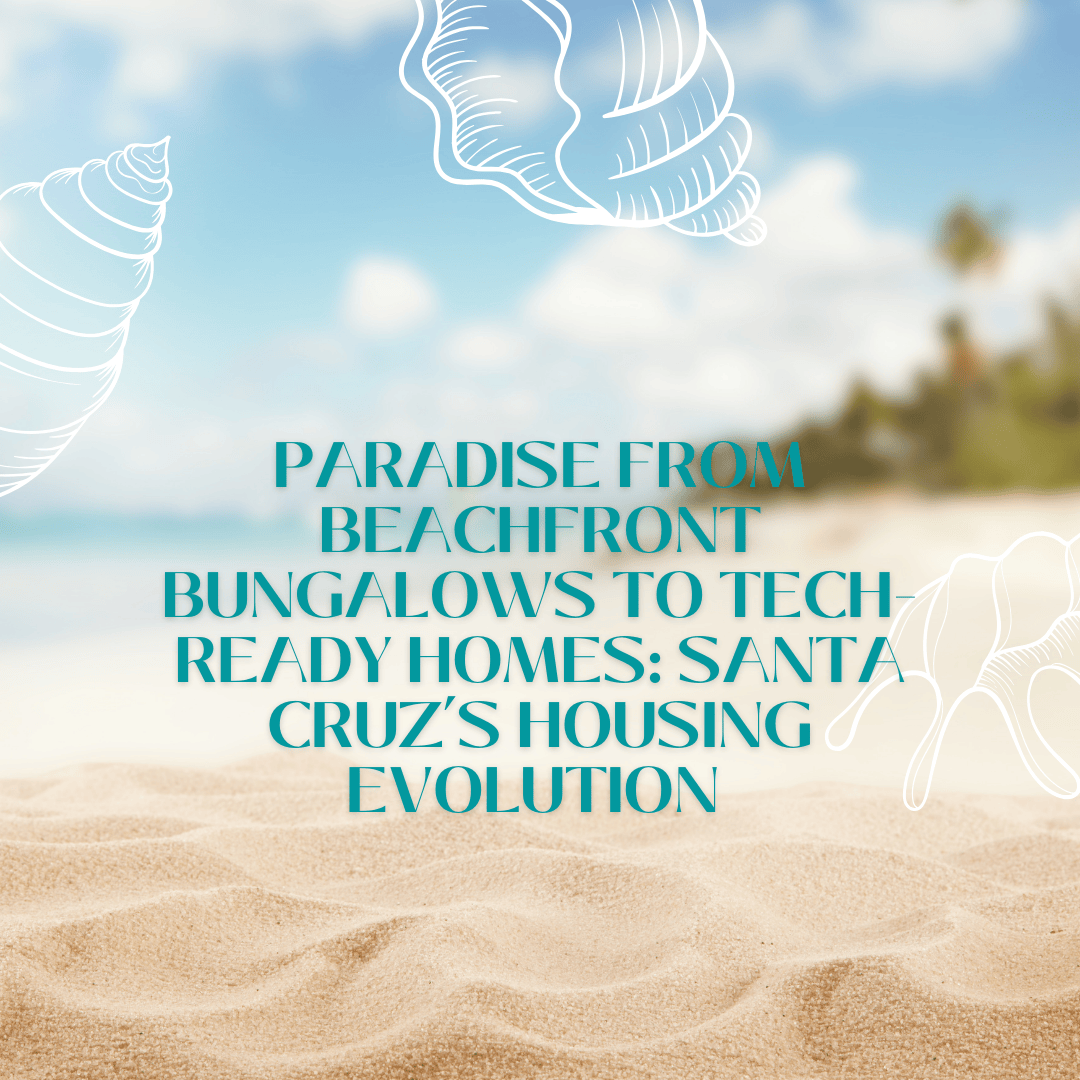The world doesn’t look the same as it did five years ago and neither does the housing market. Understanding how tech is changing what buyers want is crucial for sellers.
Back then, a “home office” was a bonus. Today, for many buyers in Silicon Valley, it’s non-negotiable. Back then, walkable neighborhoods near major campuses drove bidding wars. Now? Buyers are asking if the Wi-Fi is strong in the backyard and whether the guest room could double as a Zoom space. How tech is changing what buyers want, even in seemingly small aspects, is evident.
As tech reshapes how we live and work, it’s also reshaping what buyers are searching for especially in a region like ours, where innovation is part of the lifestyle. Clearly, how tech is changing what buyers want influences market trends.
If you’re thinking about selling your home, here’s what you should know about the shift. Consider how tech is changing what buyers want and align your selling strategy accordingly.
Remote Work Changed the Buyer Mindset
When companies like Google, Meta, and Netflix shifted to remote or hybrid models, it did more than empty office buildings. It shifted where people wanted to live and how they wanted to live there.
Buyers who used to tolerate long commutes are now asking, “Why not live where I’m most comfortable?”
That has translated into a few noticeable trends:
- Increased demand for flexible living spaces
- More interest in suburban neighborhoods with room to breathe
- Less emphasis on proximity to tech campuses and more on lifestyle quality
For sellers, this means that even if you’re not in the heart of Palo Alto or Mountain View, you can still appeal to serious buyers, if your home speaks to how people live now.
AI & Smart Homes Are the New Standard
We used to think of smart home tech like app-controlled thermostats or voice-activated lights as a luxury. Not anymore.
Buyers today, especially millennials and younger professionals, often expect tech-forward homes. And no, you don’t need to install an AI robot in the kitchen. But small updates can go a long way:
- Smart thermostats (like Nest or Ecobee)
- Security systems with mobile access
- Integrated lighting or blinds
- Energy monitoring systems
These features aren’t just “cool”, they’re selling points. They align with the Silicon Valley buyer’s lifestyle and values: efficient, connected, and customizable.
Flexible Spaces Are More Valuable Than Ever
One of the most noticeable shifts? Buyers are no longer looking for rooms with fixed purposes.
A guest bedroom that can double as a podcast studio? Perfect.
A finished garage that works as a remote office or gym? Even better.
The takeaway: Versatility sells.
If you’re preparing your home for market, think about how each room can tell a story that matches today’s needs. Stage a den as a work-from-home office. Add a few plants and a chair to a patio to hint at video-call backdrops. Show buyers how your home can adapt to their lifestyle, not just how it’s been used in the past.
Digital First Impressions Matter More Than Ever
It’s not just what buyers want in a home, it’s how they find that home in the first place.
With online listings, 3D tours, drone footage, and AI-curated property suggestions, the buying journey starts digitally. That means:
- Professional photos are non-negotiable
- Virtual tours add real value
- Strong listing copy should highlight tech-friendly features and flexible spaces
At RoosterListing, we’ve seen homes with a strong digital presence sell faster and for more, because they make buyers feel something before they ever step through the door.
Final Thoughts from RoosterListing
Technology isn’t just changing how people work, it’s changing where they live, why they move, and what they look for in a home.
If you’re preparing to sell in Silicon Valley, embrace the shift. Your home might already be a perfect match for today’s tech-savvy, remote-working buyer. It just needs to be presented that way.
And that’s where we come in.








Leave a Reply